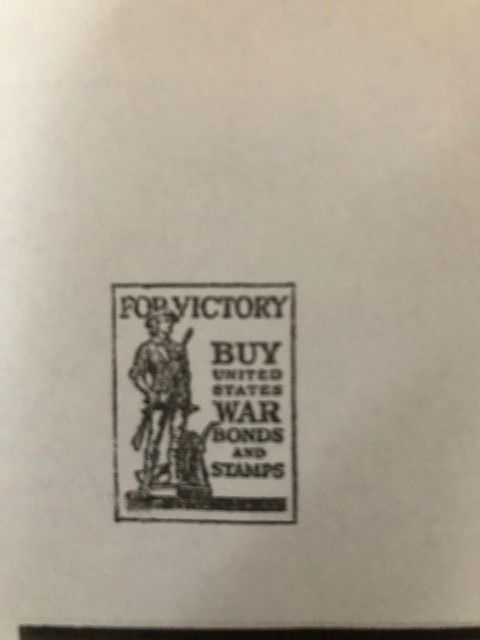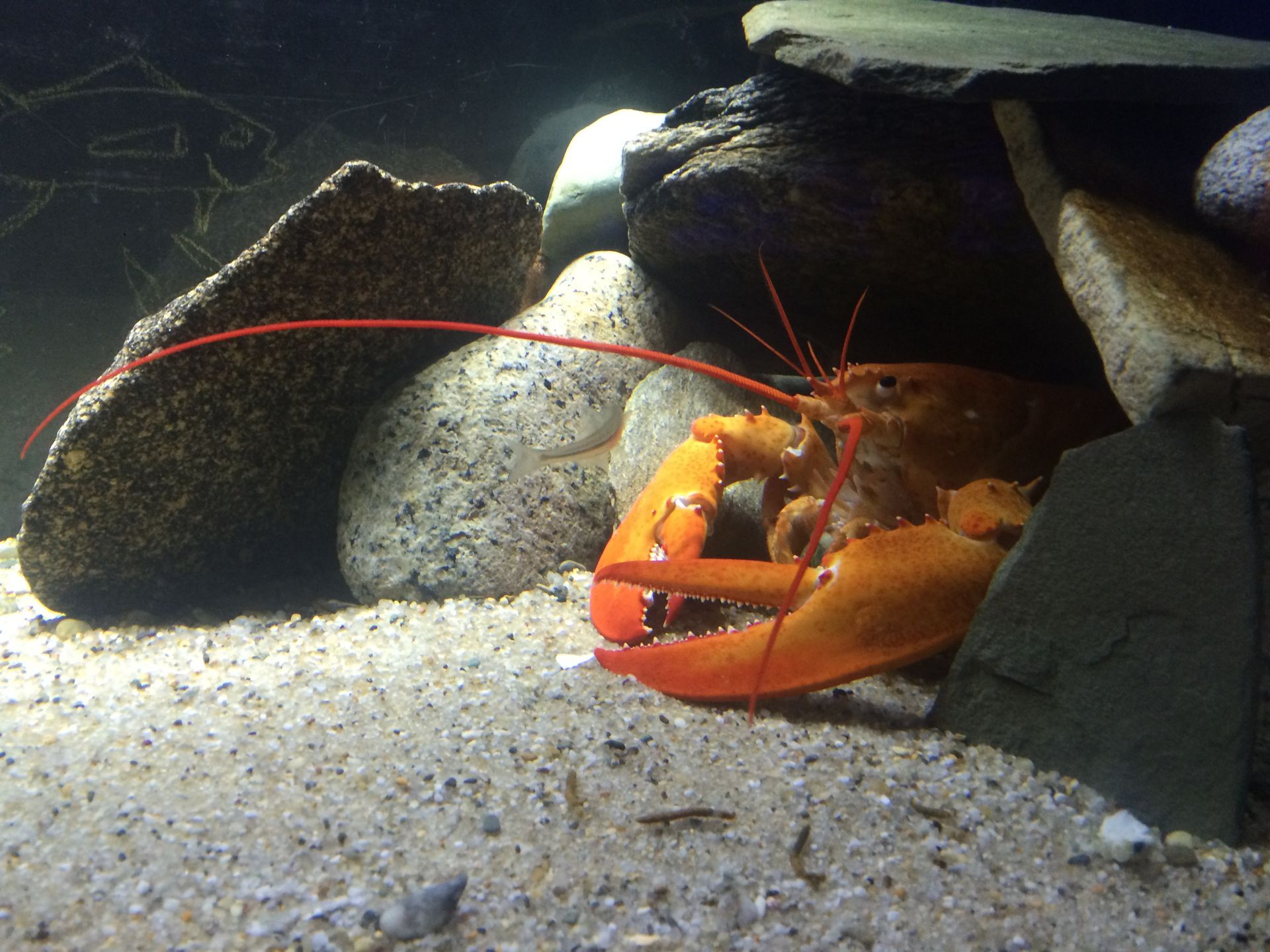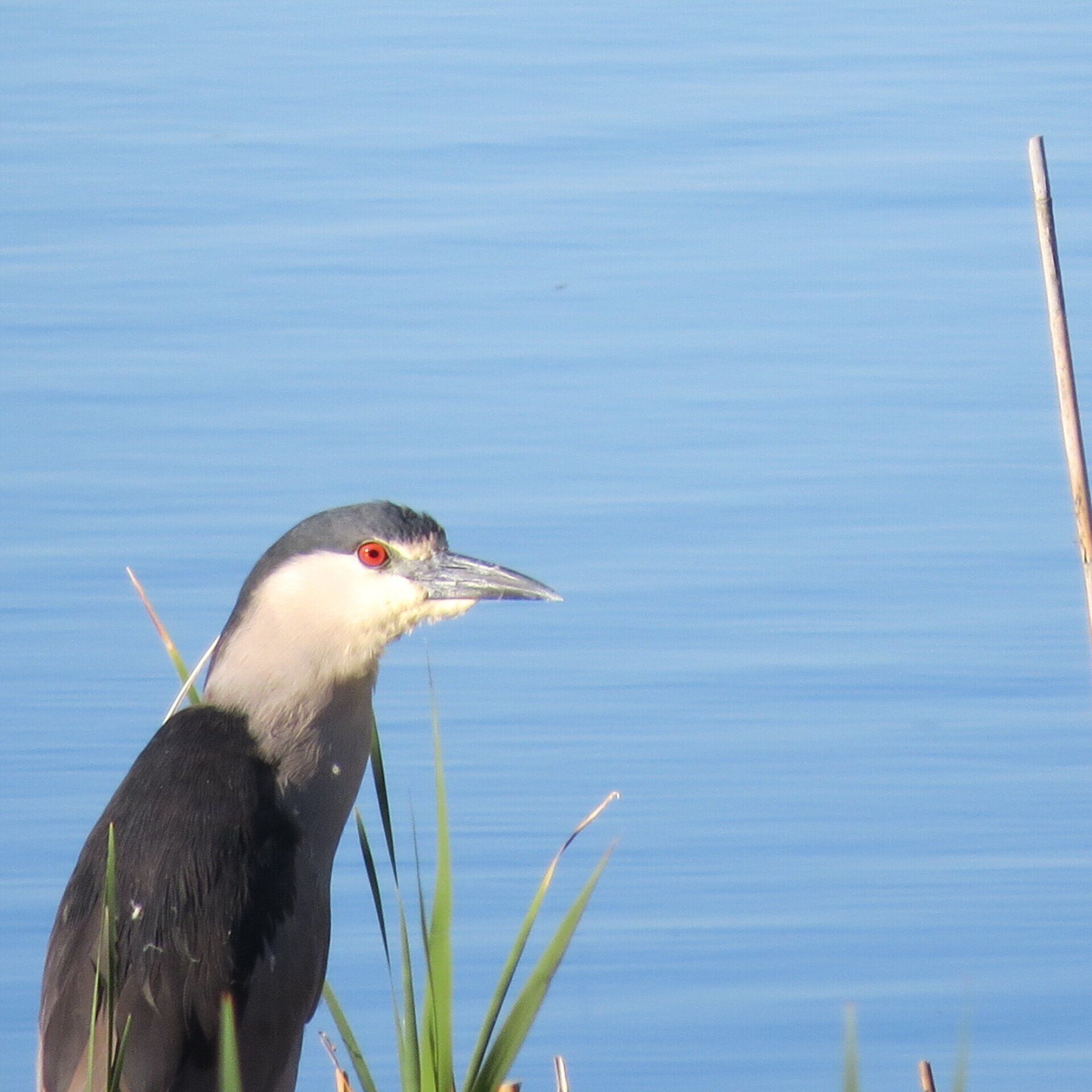Keep Calm and Bird On: December 2021
“If you don’t look, you don’t see. You have to go and look.”
-Edith Andrews
December is not the end of the birding year, but it is the end of the year list, if you keep one. Still, the annual Christmas Bird Count is a catch-up opportunity. Begun in 1900, it is the longest-running “citizen science” effort, and has grown in locations and number of observers every year.
But it's also a time to look back and smack the forehead over errors and correct them. Scott Weidensaul once wrote that birders who have made few mistakes have not been birding very long. Mis-identification happens for all kinds of reasons—poor lighting, incomplete views, expectations, unfamiliar plumage or simple ignorance. That thing I thought was a Bittern? It was an immature Green Heron. Come to think of it, it was kinda small. That immature Black-crowned Night-Heron, now that I look at the photo, is so clearly an immature Great Blue. Why did I think differently? Expecting to hear a Virginia Rail, I misidentified the call of a Northern Waterthrush. And the list goes on. This is why birding with a friend or two is important for confirmation, and the rarer the bird, the better the documentation required.
The correct thing to do when wrong, is to acknowledge the error and change the list, be it personal or public, or even more embarrassing, when leading a walk. With modern technology, an online ap is always there to correct you; but even the algorithm is not always right. But it should always lead to critical thinking. So, challenge your friends, leaders, and yes, even the algorithm. But even more, challenge yourself. Look at the why, and see if it holds up. Nobody’s perfect, and you can always get better.
Recent Posts





